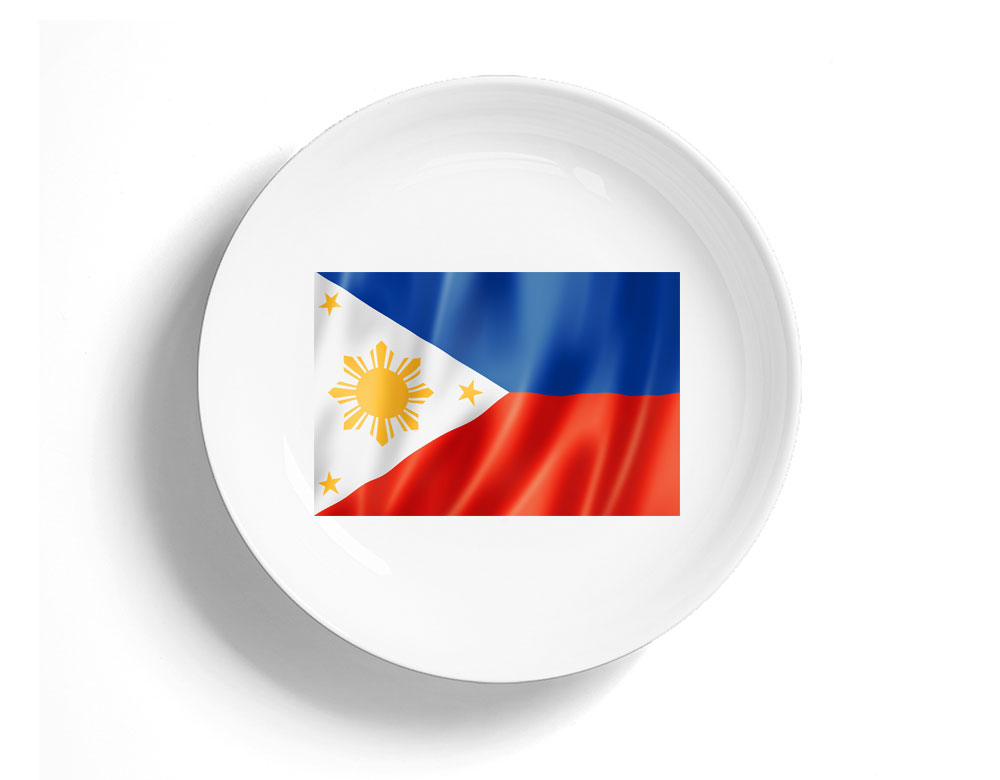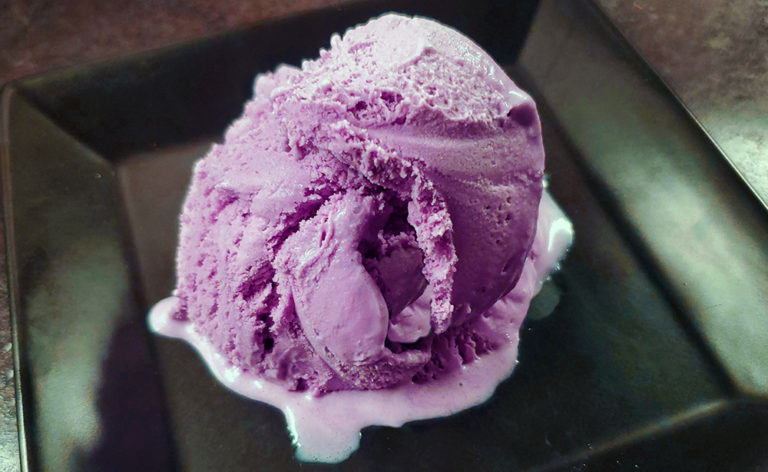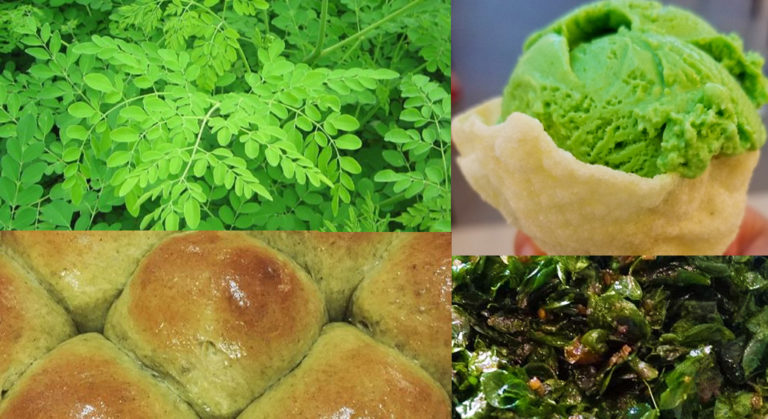
Want to know more about Filipino food culture? Then you’ll have to get familiar with some Filipino food terms. But first, here’s a brief background on the Philippines.
The Philippines, which is a group of appromixately 7,640 islands in southeast Asia, was colonized by Spain in the 16th century and named after King Philip II. The Spanish influence can still be seen in many areas of Filipino culture. Most Filipinos are Catholic due to Spanish colonization. Its national language, Tagalog (pronounced ta-GA-log), has many words that are similar to Spanish. Many last names of Filipinos are also Spanish, like Lopez or Rodriguez. Even traditional Filipino dishes show the great influence left by Spain.
Japan and the United States also colonized the Philippines and left their mark in Filipino culture and cuisine.
Filipino cuisine
Filipino cuisine is the original fusion cuisine. It not only reflects the influence of the Spaniards, Japanese and Americans; but also neighboring Asian countries like China and India.
Filipino food tends to lean towards salty, sour, bitter or sweet flavors. The Philippine national dish, adobo, epitomizes the salty and sour flavors with its generous use of soy sauce and vinegar.
Rice is a staple to any Filipino meal, even for breakfast (like silogs), and is often topped with a flavored, saucy protein like adobo.
Filipinos are known to eat at all times of the day. Besides breakfast, lunch and dinner, there are in-between meals or snacks enjoyed at all times of the day called “merienda.”
Filipino food terms (Tagalog)
Expand your international dining vocabulary with these basic food-related words translated from English to Tagalog.
meat – karne
- pork – baboy
- beef – baka
poultry – manok
- turkey – pabo
- duck – pato
- chicken – manok
seafood – pagkaing-dagat
- fish – isda
- shrimp – hipon
- oyster – talaba
- shellfish – “shellpish”
meatless/no meat – walang karne
- vegetables – gulay
- fruits – prutas
- eggs – itlog
- tofu – tofu
- nuts – mani
- vegetarian – vegatarian
- vegan – vegan
drinks – inumin
- water – tubig
- alcohol – alak
- beer – serbesa
- wine – alak
other eating/dining-related terms
- yes – oo
- no – hindi
- good – mabuti
- yummy – masarap
- eat – kumain
- cook – magluto
- I’m hungry – gutom na ako
- I’m full – busog na ako
- more – higit pa
- less – mas kaunti
- only – lamang
- please – paki
- thank you – salamat
- baked – nagluto
- fried – pinirito
- grilled – inihaw
- roasted – inihaw
- steamed – sumingáw
- hot – mainit
- warm – mainit
- cold – malamig
- bitter – mapait
- salty – maalat
- spicy – maanghang
- sweet – matamis
- allergic – alerdyik
- bathroom – banyo
Filipino food to try
- adobo – meat (usually chicken or pork) cooked in vinegar and soy sauce
- lechon – roasted pig with crispy skin
- pancit – Filipino noodles
- sisig – sizzling grilled meat in lemon guice or viengar
- tapsilog – meat, garlic rice and a fried egg
- pan de sal – Filipino bread rolls
- halo-halo – Filipino ice cream sundae
- ube – purple yam
Interested in learning about other cuisines around the world? Discover food terms from other countries here.











